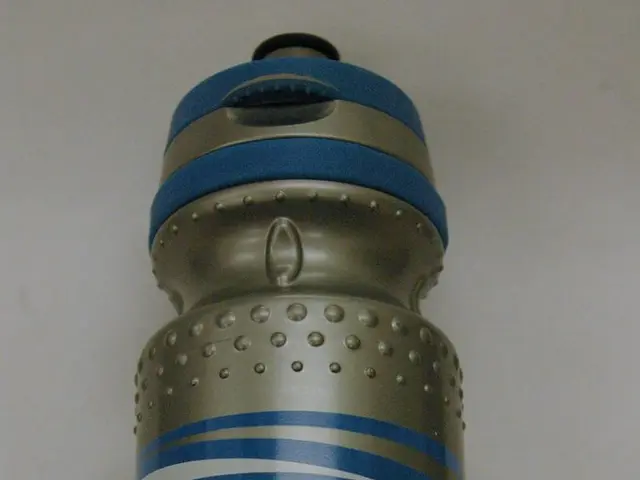The Extent of the E. Coli Contamination in McDonald's Was Underestimated
The size of the McDonald's E. coli incident has expanded significantly. Health experts have noticed a significant increase in cases this week, with many more instances likely going unaccounted for.
The United States Centers for Disease Control and Prevention (CDC) initially acknowledged the outbreak in late October, affecting at least 49 individuals in 10 states initially. As per the CDC's latest announcement on Wednesday, there have been 104 reports of illness across 14 states, with 34 hospitalizations and one death.
Despite potential further cases, the probable source of the outbreak has been determined—fresh sliced onions—and authorities claim the risk from these contaminated onions has likely passed. However, this episode underscores how quickly outbreaks can escalate, potentially aided by the intricacies of production and distribution procedures within fast-food chains. Inadequate or substandard quality control could be another contributing factor.
Initially, health officials detected a connection between these cases and McDonald's Quarter Pounder offering. However, suspicion soon shifted to the exclusive use of fresh sliced onions on the sandwich. The CDC eventually verified that the outbreak stemmed from onions supplied by Taylor Farms. Consequently, various fast-food chains temporarily removed their own onion items from the menu, and Taylor Farms expanded its recall of onion products, although no additional cases outside of McDonald's seemed to emerge.
Several strains of dangerous E. coli can lead to unpleasant, albeit temporary, gastrointestinal issues. However, the strain concerning this outbreak, O157:H7, generates toxins that elevate the risk of more severe, potentially life-threatening complications like hemolytic–uremic syndrome (HUS), which can cause major organ damage, particularly kidney damage. Four instances of HUS have been identified, although the single reported death was not among them.
It's plausible that additional cases will be reported. Generally, foodborne outbreaks tend to be more extensive than they appear, as only a small percentage of affected individuals seek outside medical attention. Moreover, it typically takes between three to four weeks for health officials to determine whether a person's foodborne illness is linked to an ongoing outbreak. However, the majority of cases in this outbreak occurred before the CDC's report and the subsequent removal of contaminated onions from McDonald's menu. Given that the tainted batches were either recalled and/or have surpassed their expiration date, the current risk of further E. coli infections from this specific contamination appears minimal.
Within a week of the outbreak becoming public, McDonald's reintroduced the Quarter Pounder to its menu, sans onions. More recently, after securing a new supplier, McDonald's also bought back fresh sliced onions—a move that seems to have gained the approval of health officials.
"At this time, there does not appear to be a continued food safety concern related to this outbreak at McDonald's restaurants," stated the Food and Drug Administration in its newly-released statement.
Although matters might have stabilized for Quarter Pounder aficionados, McDonald's isn't necessarily off the hook yet. Numerous alleged victims of the outbreak have either enlisted legal counsel or initiated lawsuits against the restaurant chain due to food poisoning.
The development of advanced technology and science in the future could potentially help prevent such food contamination incidents by improving food safety measures and ensuring better quality control in production and distribution processes. Despite this outbreak being traced back to onions supplied by a specific company, the incident highlights the importance of maintaining strict health standards across the entire food chain.








